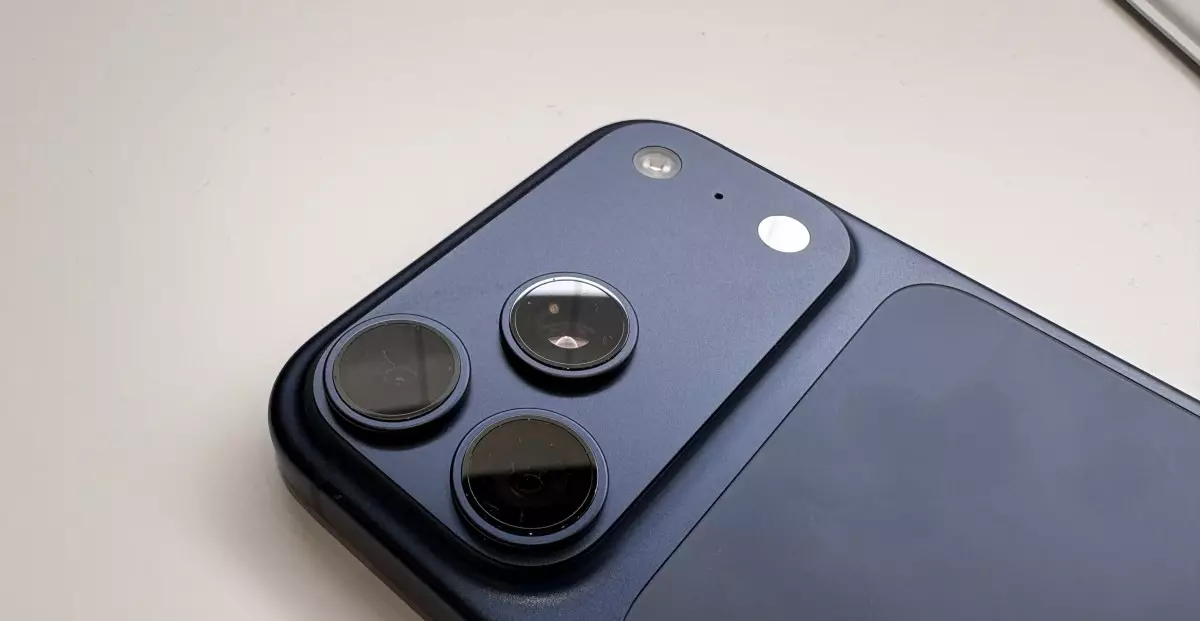In an era where digital threats grow more sophisticated with each passing year, the security landscape for smartphones touches a critical inflection point. Apple’s recent announcement of Memory Integrity Enforcement (MIE) marks a significant leap forward in proactively safeguarding user data against relentless exploits. While earlier efforts primarily focused on patching vulnerabilities reactively, MIE positions itself as a paradigm shift—an unwavering shield built into the very fabric of device architecture and software design.
This engineered defense mechanism isn’t just an incremental upgrade; it represents a fundamental transformation aimed at disrupting the modus operandi of malicious actors, especially spyware developers leveraging exploits like Pegasus. The implications extend far beyond mere hardware enhancements—they aim to establish a comprehensive security ecosystem rooted in advanced memory safety protocols that make hacking efforts exponentially more difficult and resource-intensive. Such a layered approach signifies a proactive commitment from Apple to redefine what security means for modern consumers.
Memory Safety as a Game-Changer in Security Architecture
At its core, Memory Integrity Enforcement leverages cutting-edge technology—namely, the Enhanced Memory Tagging Extension (EMTE)—to monitor, control, and isolate memory processes at a granular level. This extends the protective perimeter to encompass critical attack surfaces: the kernel itself and over 70 userland processes. By securing these key areas, Apple aims to eliminate common exploitation vectors that hackers heavily depend on, such as buffer overflows and speculative execution vulnerabilities.
The inclusion of secure typed allocators and tag confidentiality protections further reinforces defenses, ensuring that malicious code cannot easily manipulate memory structures or glean sensitive tagging information. It’s a bold assertion that Apple’s hardware and software teams are taking memory safety seriously not just as a feature but as a foundational principle. Importantly, these enhancements are supported by newer chips, the A19 and A19 Pro, which have been purpose-built with security as a primary design goal. This indicates a top-down approach where hardware and software are synchronized to provide robust, industry-leading safeguards.
Intelligent Performance, Minimal Cost
One common critique of security measures is their tendency to degrade device performance, often leading to user frustration. Here, Apple claims to have sidestepped this pitfall by implementing mitigation techniques for vulnerabilities like Spectre V1 that operate at “virtually zero CPU cost.” This is a game-changing assertion because it means users can enjoy enhanced security without experiencing noticeable lags or reduced battery life—an elusive goal in security engineering.
The importance of this cannot be overstated. Historically, increased security meant added overhead, which often deterred widespread adoption, especially on mobile devices where efficiency is paramount. By ensuring high security with negligible performance impact, Apple has lowered the barrier for the industry to adopt and integrate such protections at scale. This approach effectively raises the bar for malicious actors: the cost, complexity, and likelihood of developing tools capable of bypassing these defenses increase dramatically, which in turn discourages attacks and reduces their success rate.
Industry Implications and Broader Context
Apple’s move with MIE signals a strategic shift—moving beyond reactive vulnerability management and toward embedded, systemic defenses. Comparing this to Microsoft’s memory integrity features in Windows 11 and Android’s adoption of Memory Tagging Extension (MTE), it’s clear that the industry recognizes memory safety as a frontier for cybersecurity innovation. Apple’s comprehensive default protection across all users suggests a proactive stance that prioritizes safety for the many, not just the tech-savvy or enterprise segments.
Critics and security researchers have praised these advancements, yet some remain skeptical or cautious about overestimating their immediate effectiveness. The GrapheneOS project, for example, acknowledged the security improvements but voiced concerns about how these innovations are communicated and their comparative advantage over features already available on Android. Nonetheless, what’s undeniable is that Apple’s bold investment signifies a firm belief in the future of hardware-backed, immune-to-basic exploits security.
In essence, Apple’s Memory Integrity Enforcement isn’t just a feature—it’s an ambitious leap towards future-proofing personal devices. As hackers evolve, so too must our defenses, and Apple’s approach exemplifies a mindset that prioritizes resilience, innovation, and user trust. Whether this will completely halt high-tier spyware remains to be seen, but it unquestionably raises the stakes in the ongoing battle for device security.

